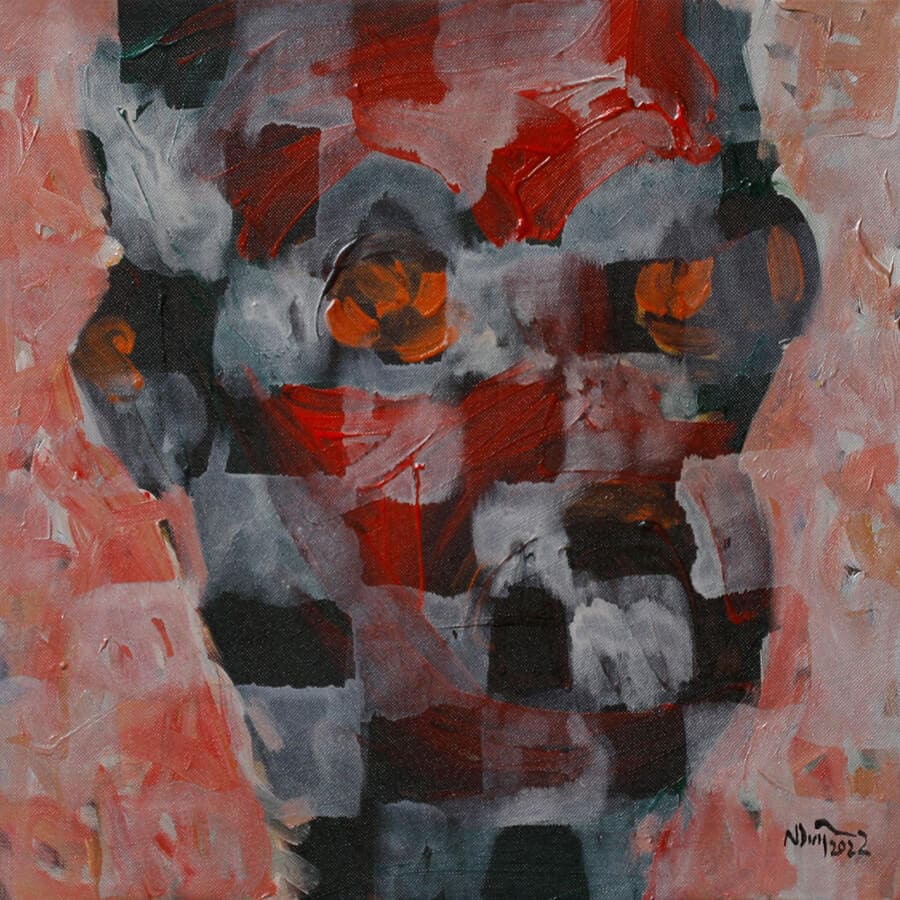Introduction to Expressionism
Expressionism is a distinctive art movement that originated in Germany in the early 20th century, emphasizing subjective emotions and the distortion of reality to convey deep feelings. Unlike styles focused on external beauty, Expressionism explores pain, anxiety, and intense human emotions. In this article, we’ll delve into the origins of Expressionism, its defining characteristics, prominent Expressionist artists, and its influence on Expressionist paintings and Vietnamese art. Join us to uncover the essence of Expressionism in art and why it remains captivating today!
Origins of Expressionism
Where Did Expressionism Originate?
The origins of Expressionism are tied to the cultural and social context of Germany before and after World War I. Emerging as an avant-garde movement, Expressionism reflected the unease and anxiety of a war-torn and crisis-ridden era. According to the Museum of Modern Art (MoMA), the movement began in painting and poetry before expanding to architecture, music, theater, and film.
- Weimar Republic Era: Expressionism flourished in Berlin, where artists sought to express personal emotions through art.
- Literary Influences: Works by Nietzsche (Thus Spoke Zarathustra), Strindberg (A Dream Play), and Whitman (Leaves of Grass) inspired Expressionist thought.
- Pioneering Groups: Two major groups, Die Brücke (1905) and Der Blaue Reiter (1911), laid the foundation for Expressionism in art.
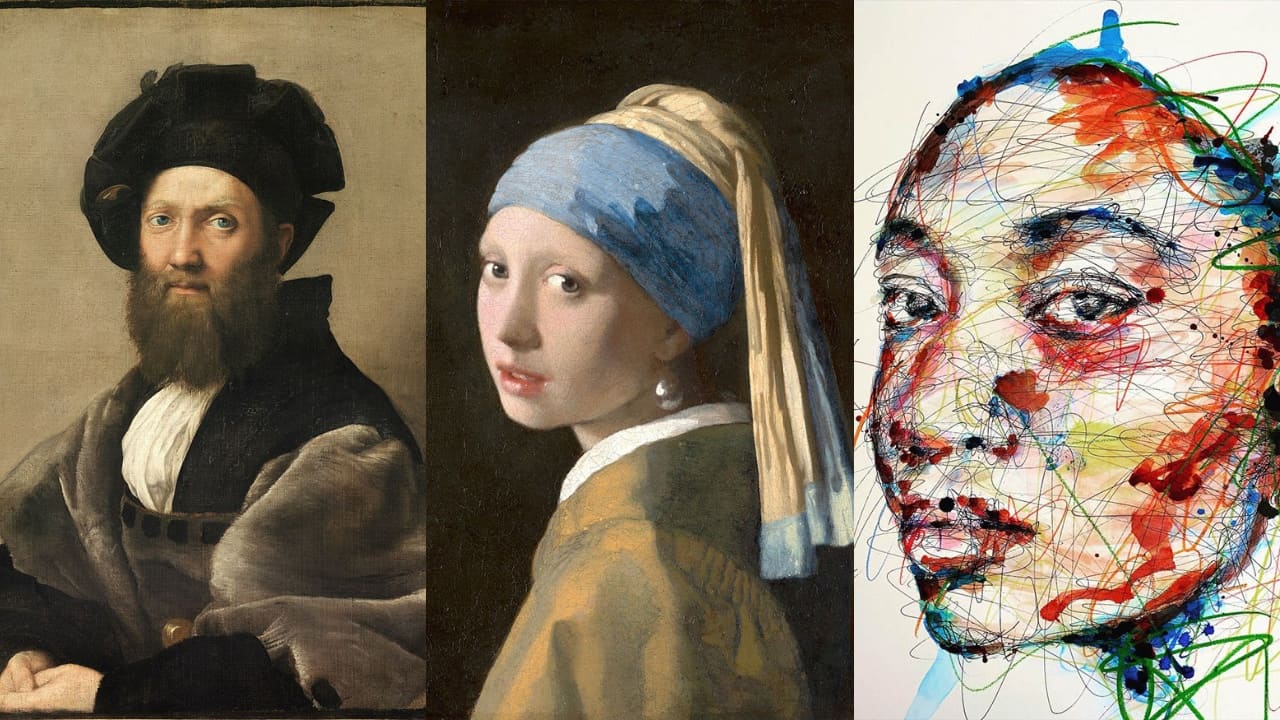
Who Initiated Expressionism?
- Die Brücke (The Bridge): Led by Ernst Ludwig Kirchner, this group focused on distorted imagery and bold colors to express raw emotions.
- Der Blaue Reiter (The Blue Rider): Founded by Wassily Kandinsky and Franz Marc, this group emphasized spirituality and abstraction in art.
- Precursors: Artists like Vincent van Gogh (Sunflowers), Edvard Munch (The Scream), and James Ensor laid the groundwork for Expressionism with their emotionally charged works.
Characteristics of Expressionism
What Are the Characteristics of Expressionism?
Expressionism focuses on conveying personal emotions rather than depicting reality objectively. Unlike Impressionism or Naturalism, Expressionism employs unique techniques to evoke mood:
- Distorted Forms: Objects and figures are warped or exaggerated to convey intense emotions, as seen in Edvard Munch’s The Scream.
- Bold Colors: Vibrant, high-contrast colors (red, yellow, deep blue) create psychological effects, as in Emil Nolde’s works.
- Dynamic Brushstrokes: Free, angular lines express tension or inner turmoil.
- Themes of Anxiety and Suffering: Paintings often reflect fear, loneliness, or unease, such as Matthias Grünewald’s Crucifixion.
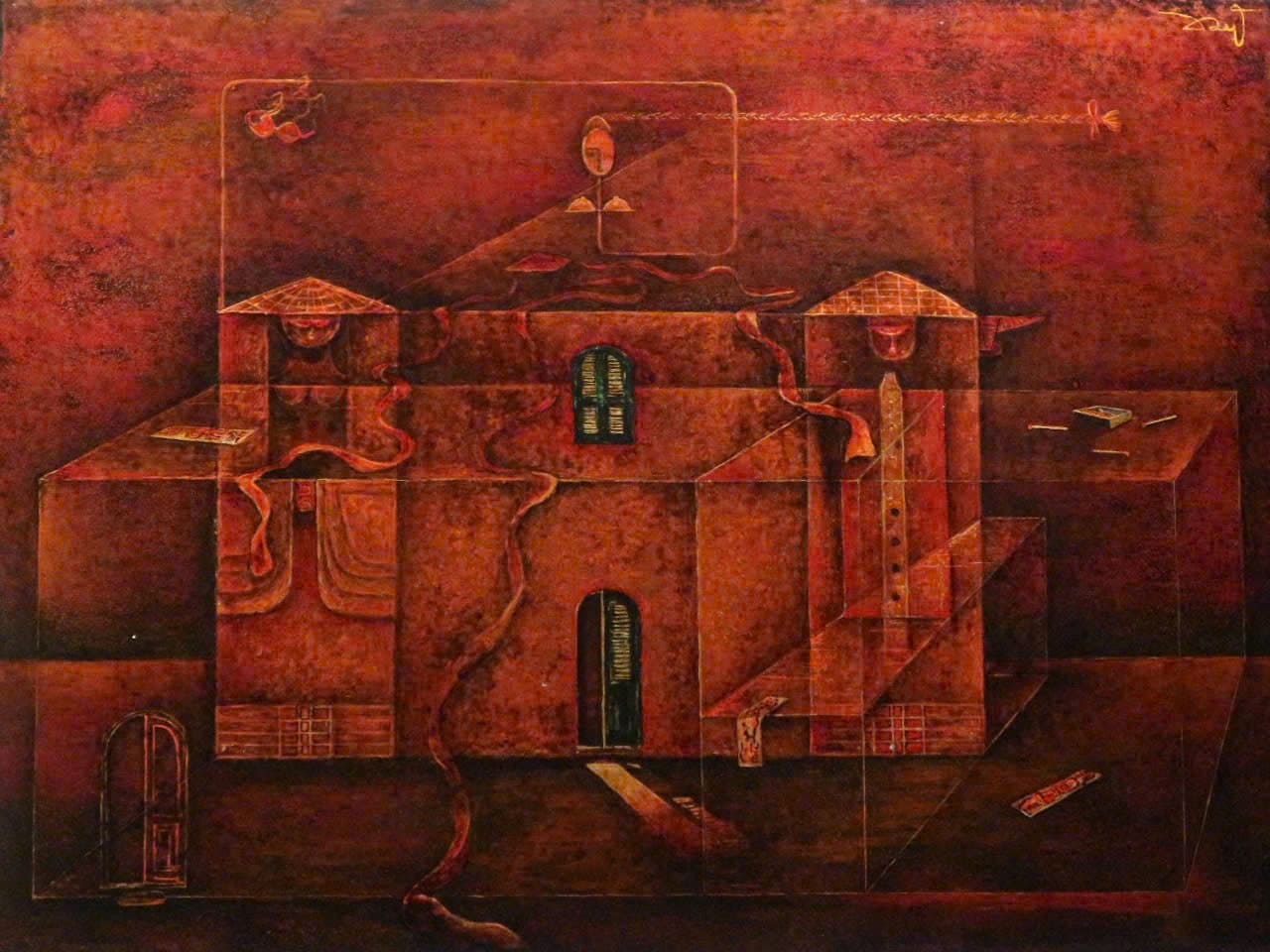
Why Is Expressionism Distinctive?
Expressionism in art seeks not perfection or harmony but the human psyche. As art historian Antonin Matějček noted in 1910, an Expressionist artist “recreates the world through the filter of the soul, discarding the material to reach spiritual essence.” This makes Expressionist paintings vivid and relatable, resonating with viewers’ emotions.
Prominent Expressionist Artists
Who Are the Notable Expressionist Artists?
Expressionist artists created iconic works that defined the movement. Here are some key figures:
- Edvard Munch (1863–1944, Norway)
- Notable Works: The Scream (1893), Madonna, The Sick Child.
- Style: Munch used bold colors and distorted imagery to express anxiety and loneliness. The Scream is an Expressionist icon, embodying existential fear.
- Vincent van Gogh (1853–1890, Netherlands)
- Notable Works: Sunflowers, The Starry Night, Café Terrace at Night.
- Style: A precursor to Expressionism, van Gogh’s swirling brushstrokes and vibrant colors conveyed intense emotions.
- Ernst Ludwig Kirchner (1880–1938, Germany)
- Notable Works: Street, Berlin, Self-Portrait as a Soldier.
- Style: As a leader of Die Brücke, Kirchner used contrasting colors and angular forms to depict the tension of urban life.
- Wassily Kandinsky (1866–1944, Russia)
- Notable Works: Composition VII, Der Blaue Reiter.
- Style: Kandinsky blended Expressionism with abstract art, using color to convey spirituality and emotion.
- Emil Nolde (1867–1956, Germany)
- Notable Works: Crucifixion, The Prophet.
- Style: Nolde employed vivid colors and religious themes to express intense emotions.
Why Are These Artists Significant?
Expressionist artists broke the boundaries of traditional art, introducing a new approach centered on personal emotion. According to Tate Modern, their influence extended beyond painting, shaping literature, music, and film.
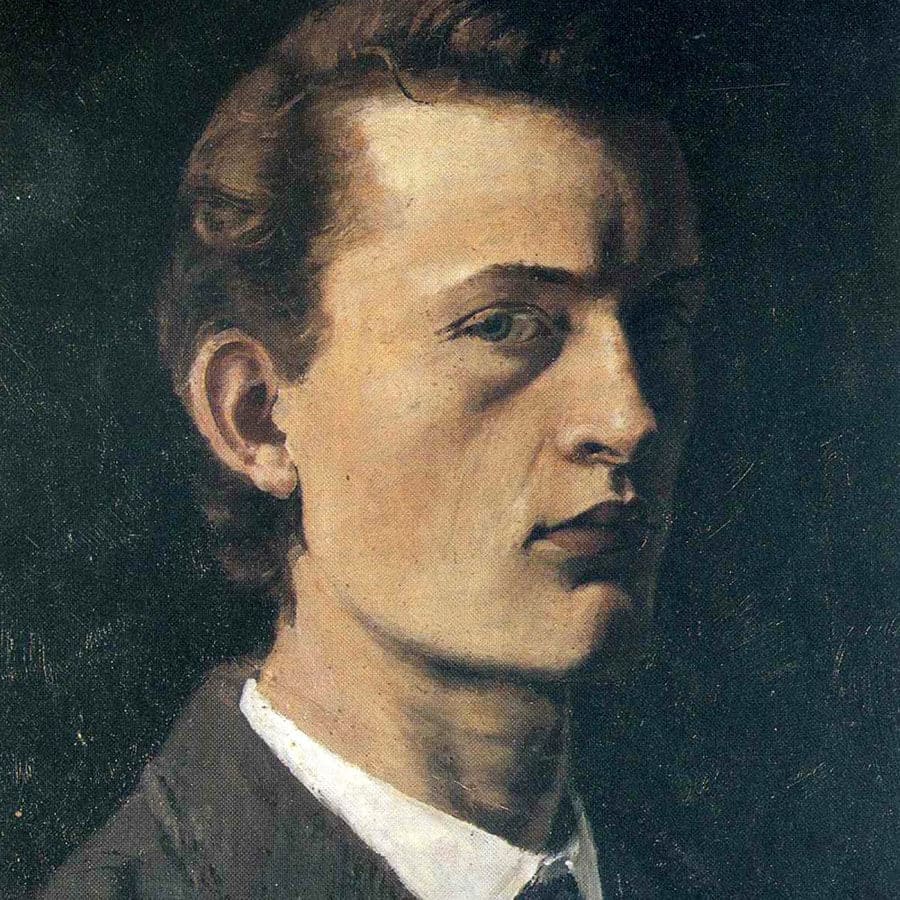
Notable Expressionist Paintings
Which Expressionist Paintings Stand Out?
Expressionist paintings are iconic for their emotive imagery and colors. Here are some notable works:
- The Scream (Edvard Munch): An emblem of existential anxiety, featuring a distorted figure against a fiery red sky.
- Sunflowers (Vincent van Gogh): Expresses joy and sorrow through vibrant yellows and swirling brushstrokes.
- Street, Berlin (Ernst Ludwig Kirchner): Depicts urban tension with contrasting colors and angular forms.
- Composition VII (Wassily Kandinsky): Combines abstract shapes and colors to convey spiritual emotions.
How to Appreciate Expressionist Paintings?
- Feel the Emotion: Don’t seek realistic accuracy; let the painting evoke your mood.
- View from Multiple Angles: Expressionist paintings have emotional depth, best appreciated from both near and far.
- Learn the Context: Research the artist’s life and historical background to understand the painting’s meaning.
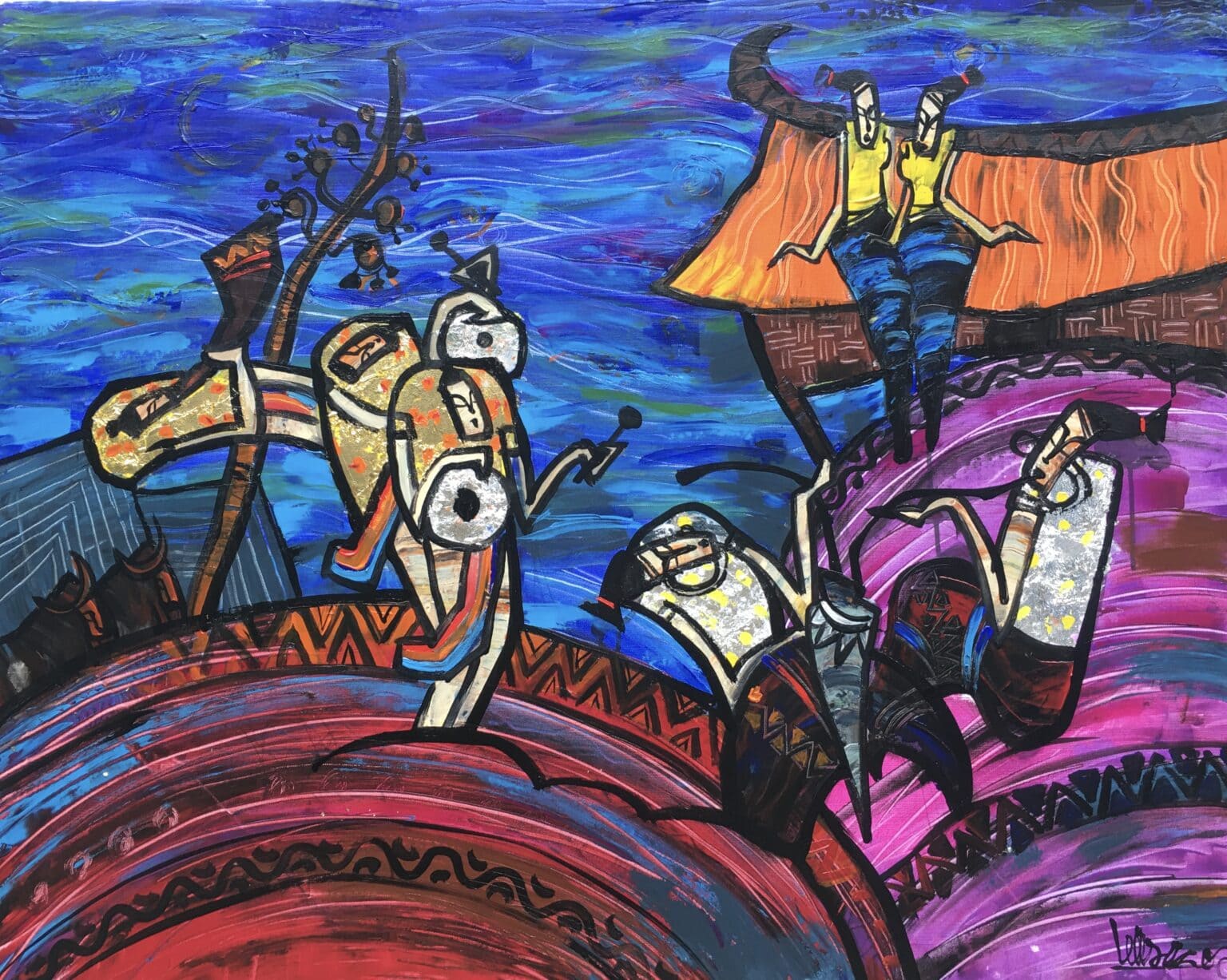
Influence of Expressionism in Vietnam
Did Expressionism Influence Vietnamese Art?
Although Expressionism originated in Europe, it influenced modern Vietnamese art, particularly through artists trained at the École des Beaux-Arts de l’Indochine. According to VnExpress, artists like Nguyễn Tường Lân and Tô Ngọc Vân incorporated Expressionist elements into lacquer and silk paintings, emphasizing emotion and national identity.
- Nguyễn Tường Lân: Used free brushstrokes and pure colors, echoing abstract Expressionism.
- Tô Ngọc Vân: Paintings like Girl by the Lily convey gentle melancholy, aligning with Expressionist themes.
- Bùi Xuân Phái: His Hanoi Old Quarter paintings carry deep emotional resonance, reflecting the era’s mood.
How to Identify Expressionism in Vietnamese Art?
- Strong Emotions: Paintings express sadness, loneliness, or joy through color and form.
- Free Brushstrokes: Artists like Nguyễn Tường Lân used loose, dynamic strokes, similar to Kirchner’s style.
- Folk Themes: Combines personal emotion with rural imagery, as seen in Bùi Xuân Phái’s works.
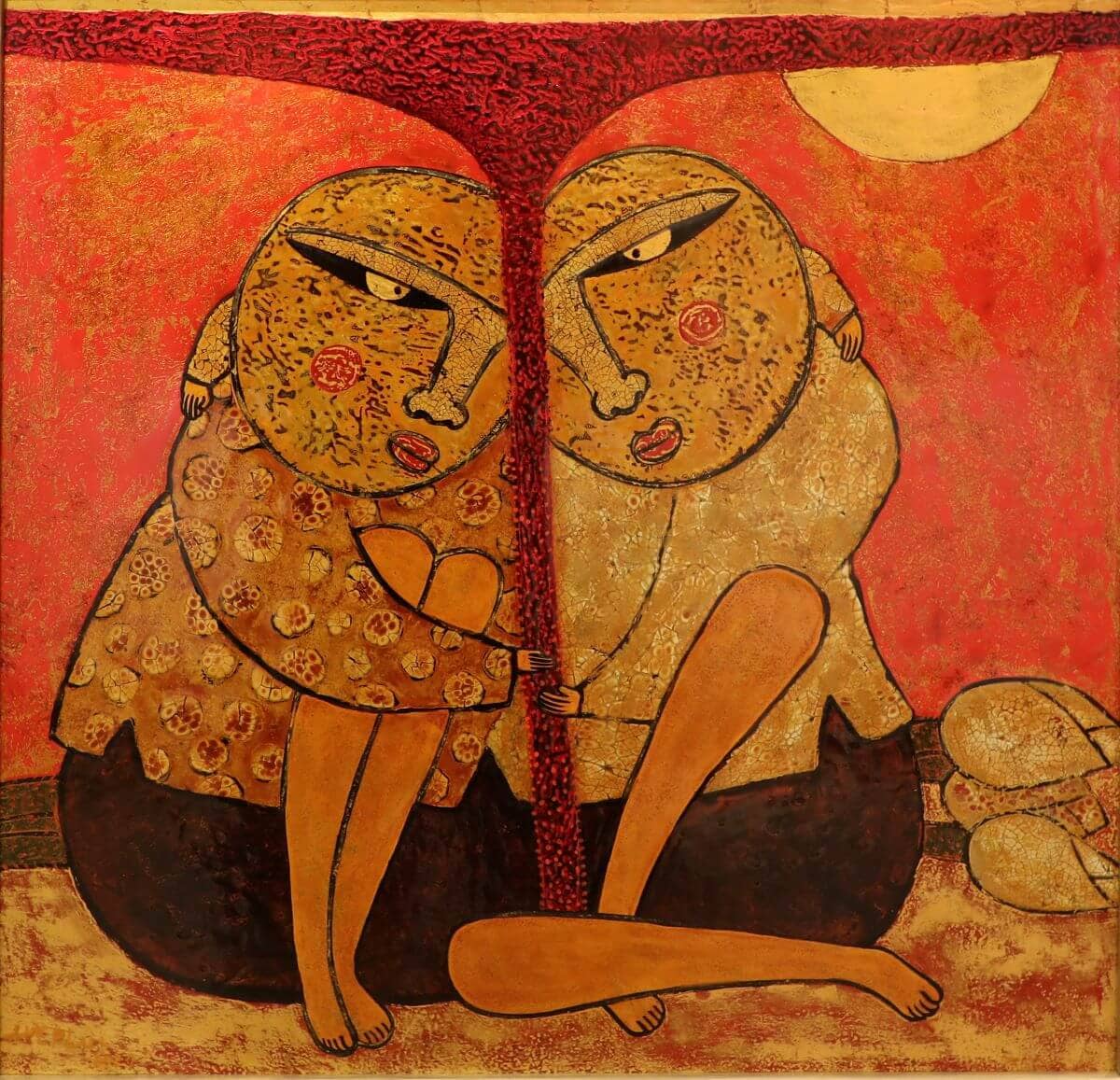
How to Understand Expressionism?
Approaching Expressionism for Beginners
- Visit Exhibitions: Explore original works at MoMA (New York) or Tate Modern (London).
- Read Art Books: Books like Expressionism by Norbert Wolf offer deep insights into the movement.
- Watch Documentaries: Find films about Edvard Munch or Vincent van Gogh on YouTube or Netflix.
- Try Expressionist Painting: Use watercolors or oil paints to express personal emotions on paper.
Tips for Deepening Your Understanding of Expressionism in Art
- Study Historical Context: Research the Weimar Republic and the impact of war on art.
- Compare with Other Movements: Contrast Expressionism with Impressionism or Cubism to highlight differences.
- Take Art Courses: Online courses on Coursera or local art centers in Vietnam provide deeper understanding.
Expressionism is a profoundly emotional art movement that opens a window into the human psyche through color, form, and brushstrokes. From its origins in Germany to the iconic works of Expressionist artists like Edvard Munch and Vincent van Gogh, this movement has left a lasting mark on global and Vietnamese art. Explore Expressionist paintings at museums, read about Expressionism in art, or try painting to capture its spirit. Share this article to spread the beauty of Expressionism!
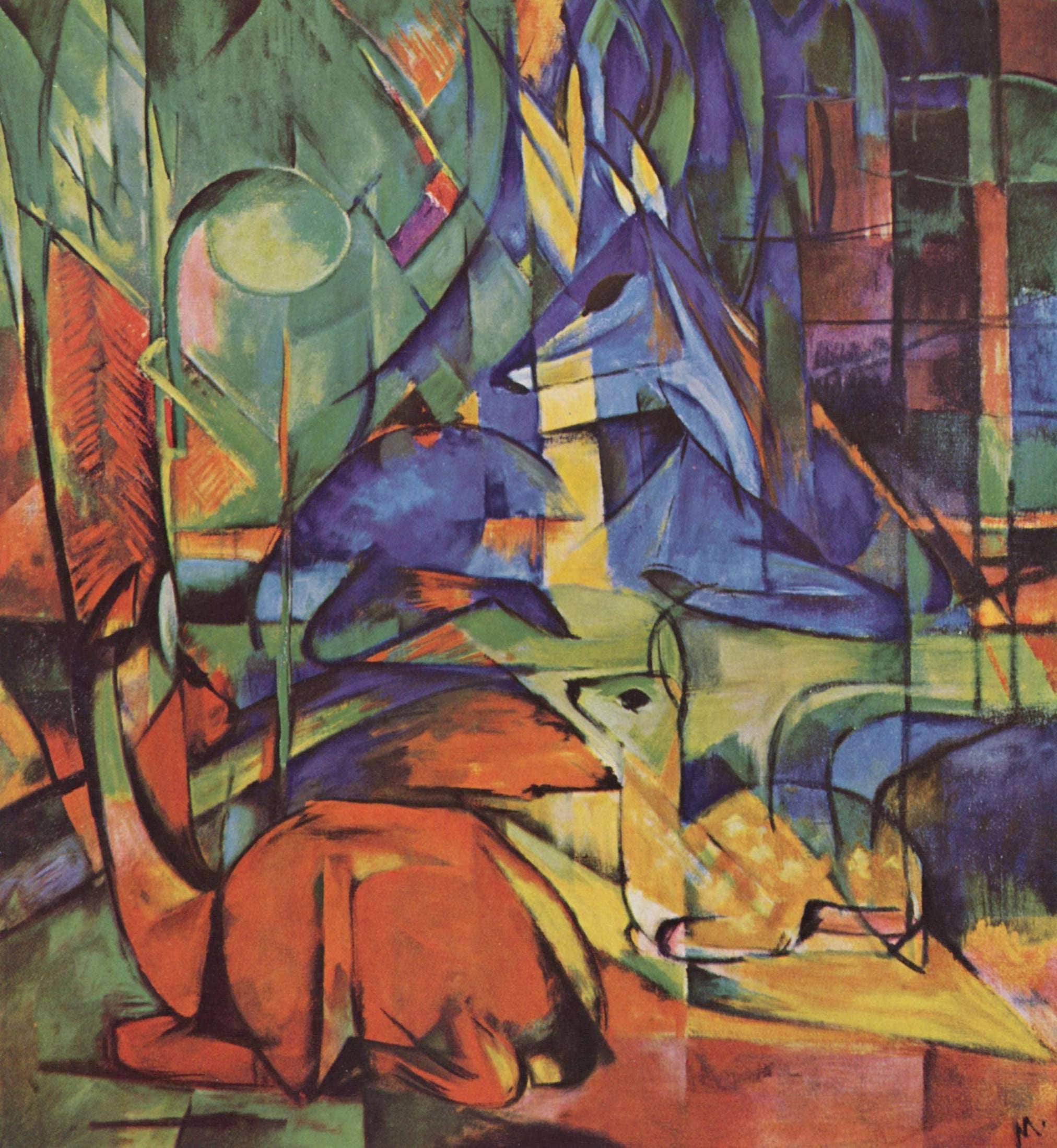
Next Steps
- View The Scream by Edvard Munch at the Munch Museum (Norway) or online.
- Learn more about Expressionism’s characteristics through books or online resources.
- Share this article to introduce friends to the art of Expressionism!

